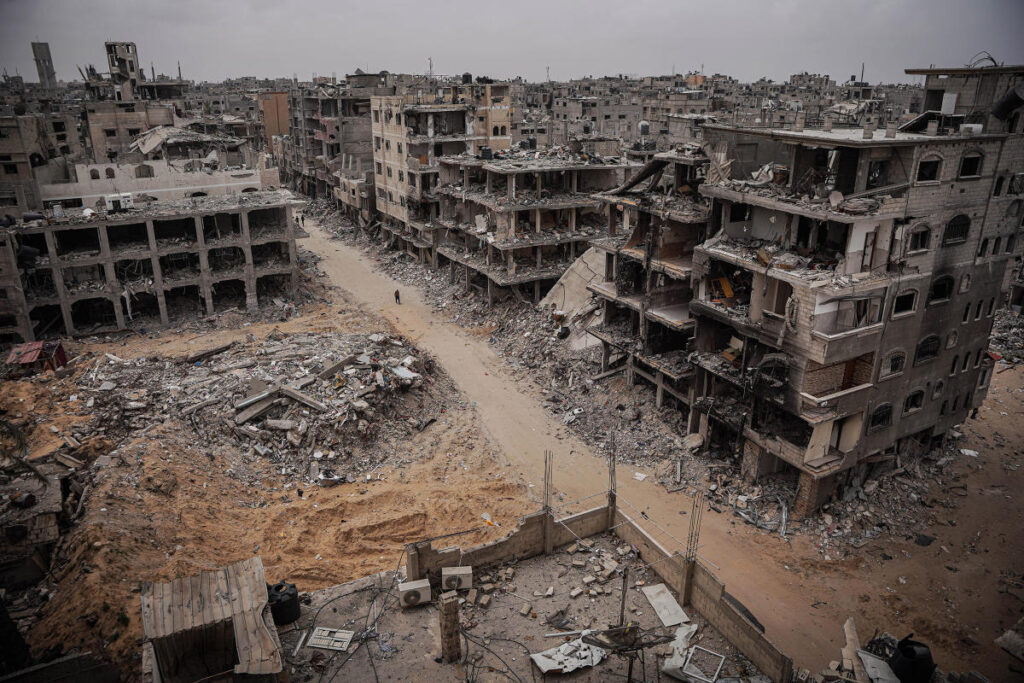A view of destroyed houses in the town of Khan Younis on April 26, 2024. Credit – Saher Alghorra
TThe first time that Palestinian photographer Saher Alghorra started working spoke to TIME about his experience documenting the death and destruction in his native Gaza, Israel’s retaliation for the October 7 massacre had barely begun. The impact was already total devastation. Alghorra’s earliest images captured plumes of smoke rising where towering apartment buildings once stood, scenes of grief-stricken parents grieving for their children, and entire communities rummaging through the rubble of their neighborhoods in search of survivors.
A year later, the 28-year-old is still documenting the lived experience of Palestinians in a scarred place visible from space. But for all the images of physical destruction, the most profound photographs of Alghorra are those of the human impact. In one, he found a Palestinian child crying in the rain as she and others waited for food to be distributed outside a refugee camp in the southernmost city of Rafah. Insufficient humanitarian aid reaching the Strip that means for most people one meal per day is the most they can hope for. Dozens of children have done that died of hunger.
(Warning: Some of the following images are graphic in nature and may be disturbing to some viewers.)
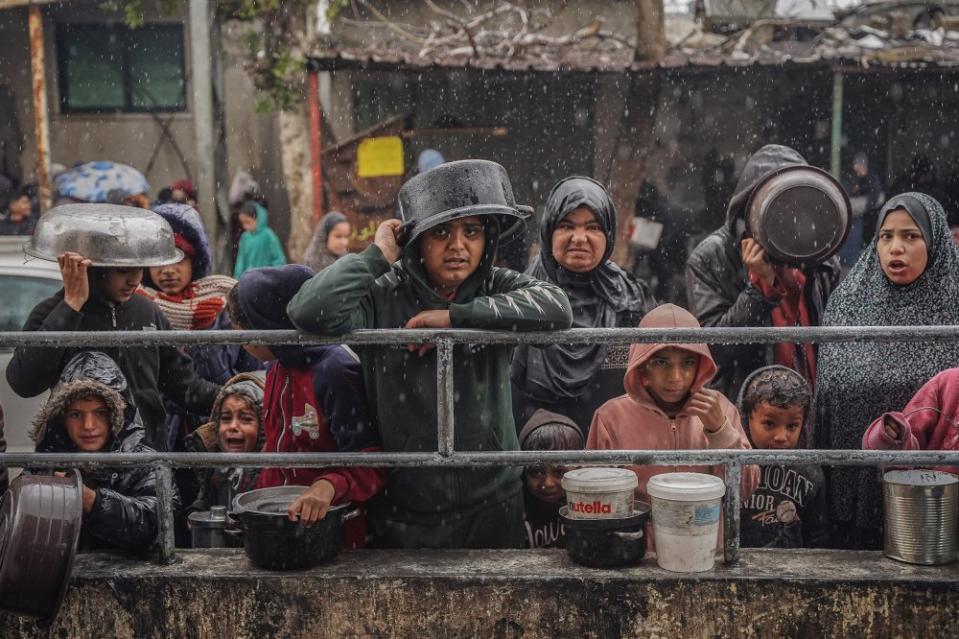

In another photo, a Palestinian family sits in the living room of their dilapidated house in Khan Yunis. The walls are scorched black and the infrastructure is crumbling, but this is preferable to the alternative: the crowded tents where the vast majority of people in Gaza, including Alghorra, now live. Since he was forced to leave his home in Gaza City in the early days of the war, he now shares a tent with colleagues next to the Nasser Medical Complex, one of the last remaining hospitals in Gaza.
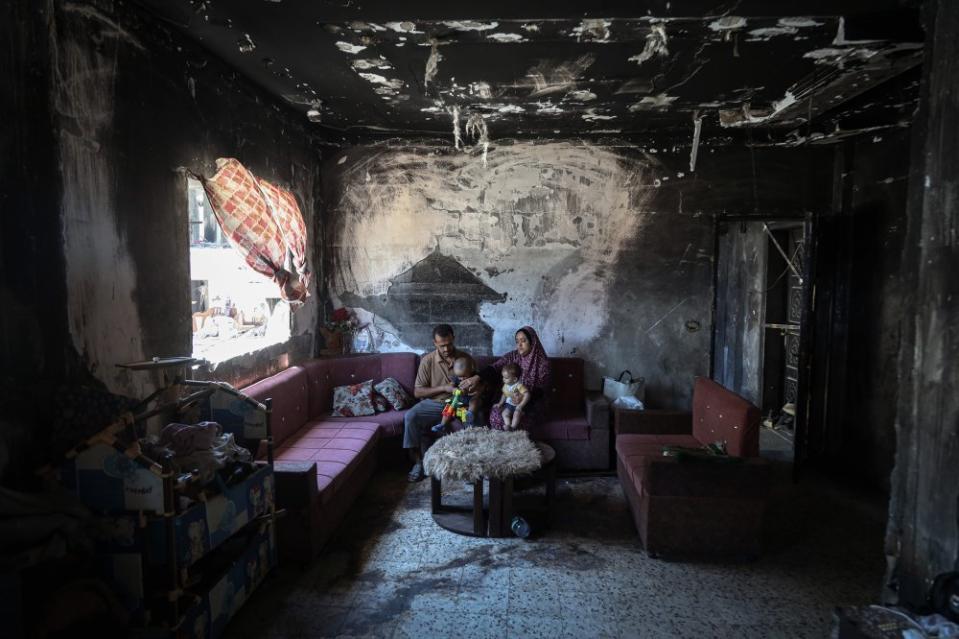

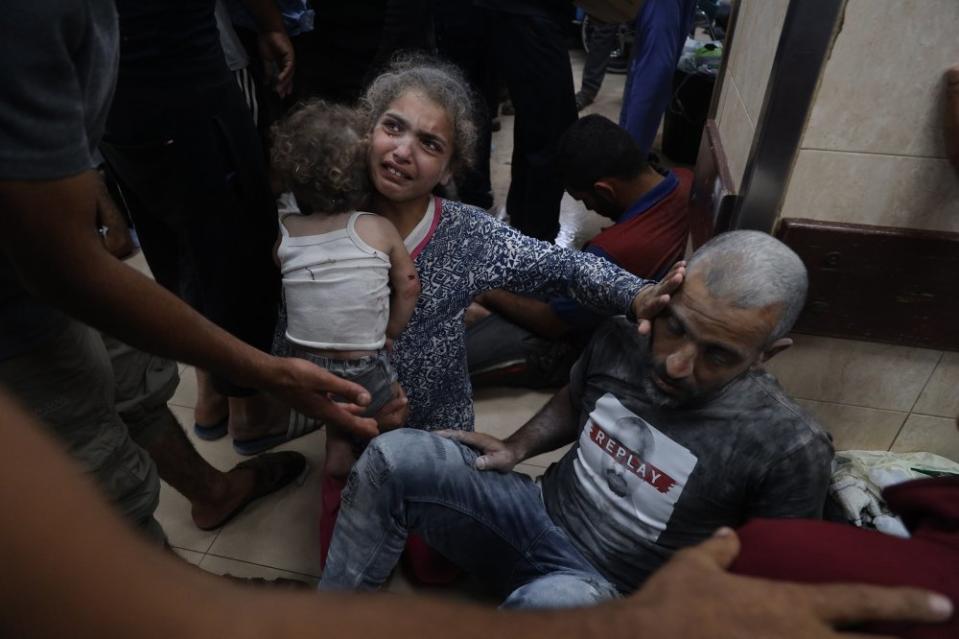

“Defeating this war was difficult and full of risks,” says Alghorra. At least 116 journalists and media workers have been killed since the war began, according to the US State Department Committee to Protect Journalists– the deadliest period for journalists since the organization began collecting data in 1992. Alghorra attributes his survival to “God’s kindness and our strong faith that nothing will happen to us except what God has written for us.” Yet he says the fear of death follows him everywhere. “We have become numb.”
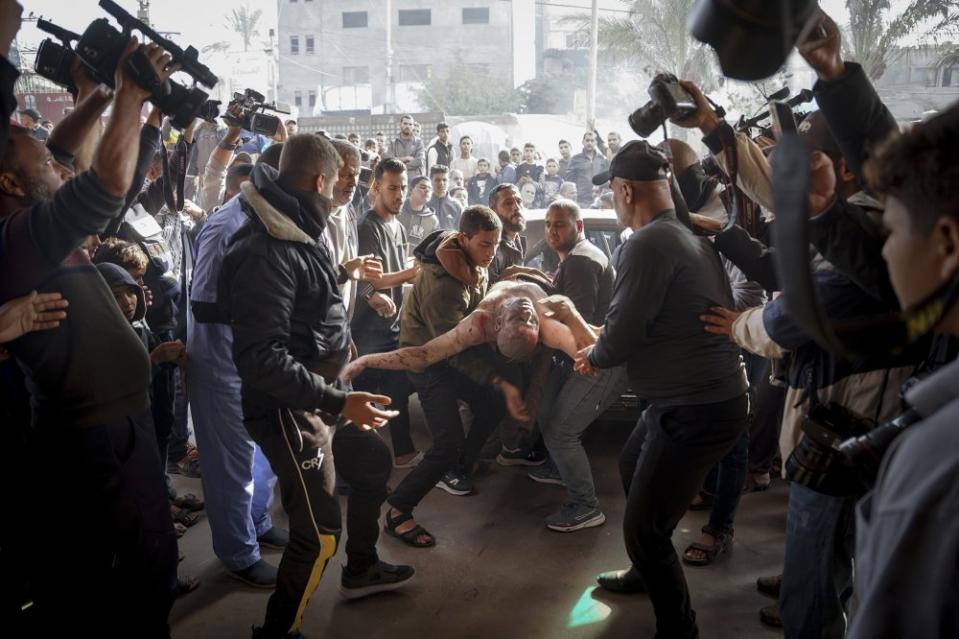

Not all of Alghorra’s photographs depict despair, however abundant it may be. One photo, taken in September, shows a Palestinian teacher drawing on a whiteboard in a makeshift classroom built under a tent. The thirty students sitting cross-legged on the floor have not received a proper education for a year, and most of Gaza’s residents schools And universities to have been destroyed.
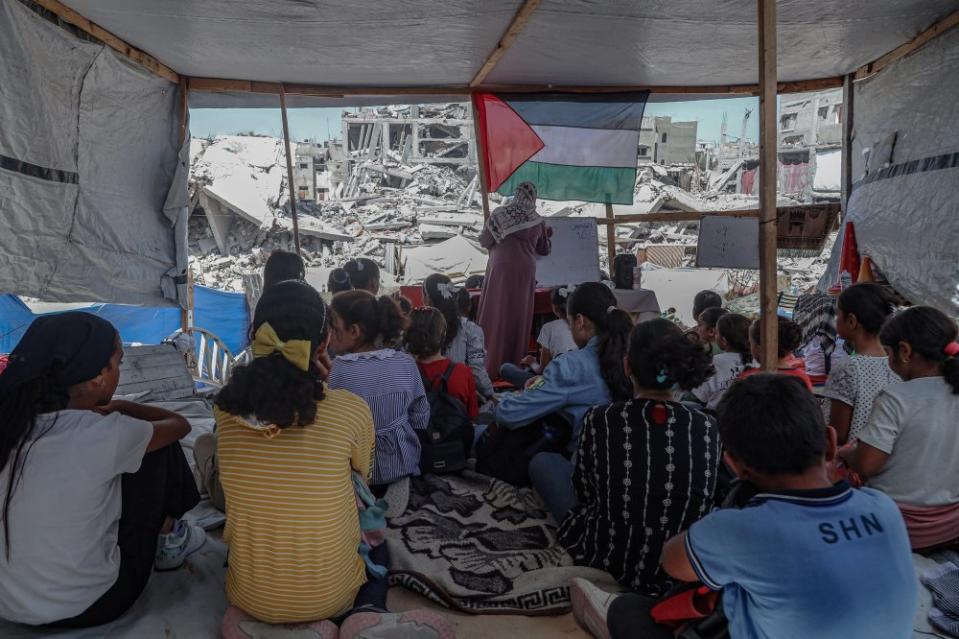

In another image, displaced Palestinians are gathered on the Gaza coast, with the waves of the Mediterranean providing a relief from the heat and, for many, the only accessible swimming opportunity for miles. Another photo shows a young Palestinian boy decorating his family’s tent with Christmas lights to mark the holy month of Ramadan. “I am determined to show the bright side and stories of success and resilience in the midst of this genocide my people are facing,” said Alghorra. (In January, the International Court of Justice issued an interim ruling that this is the case a plausible risk that Israel is committing genocide in Gaza. However, a final ruling could take years. Israel says it follows international law.)
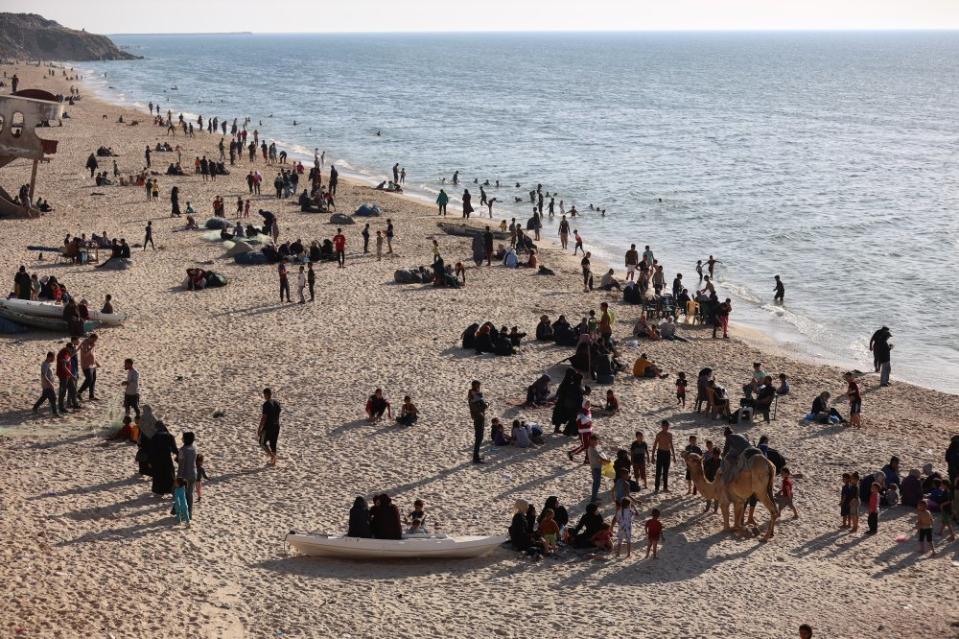

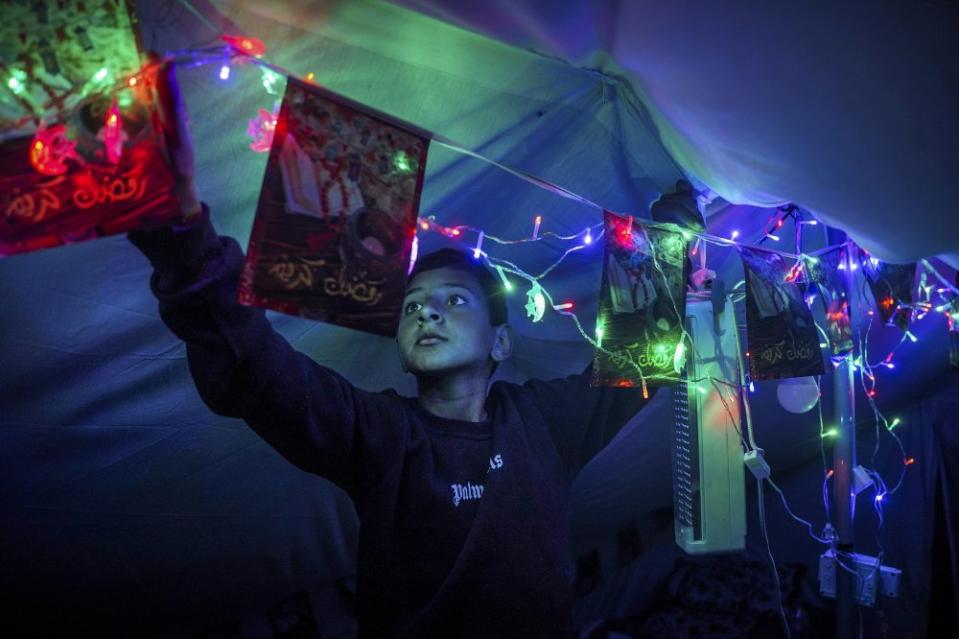

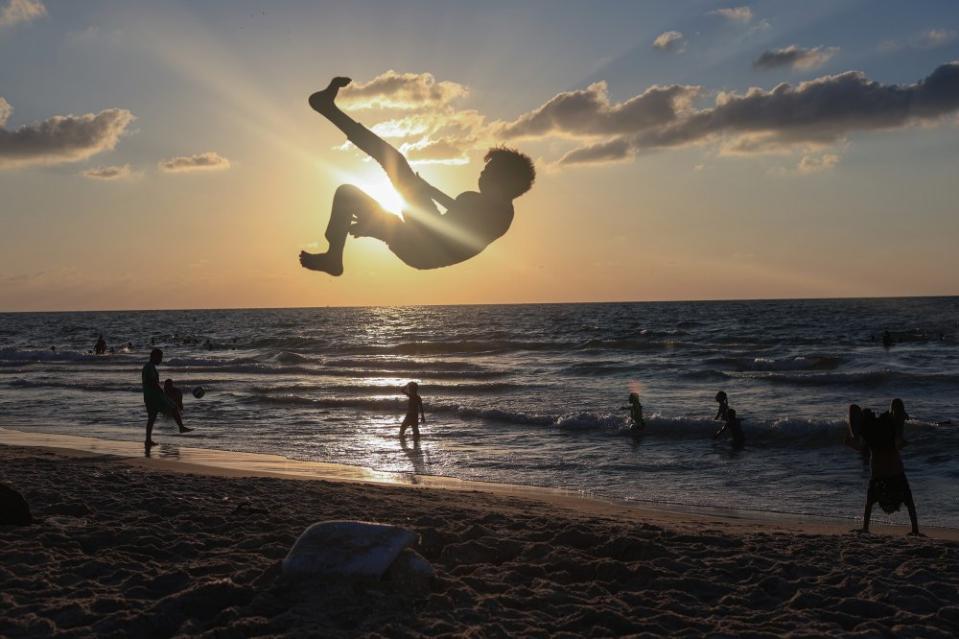

steadfastness, sum in Arabic, has long been considered a Palestinian cultural trait. But for Alghorra the images show more than that. “We are a people who love life and cling to it,” he says, “because we are a people who deserve to live in peace.”
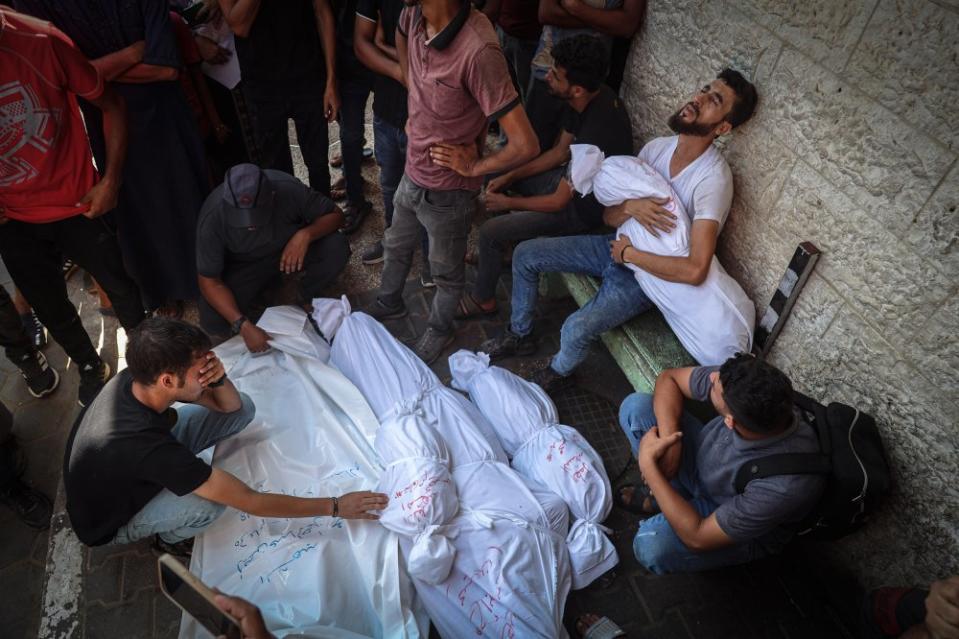

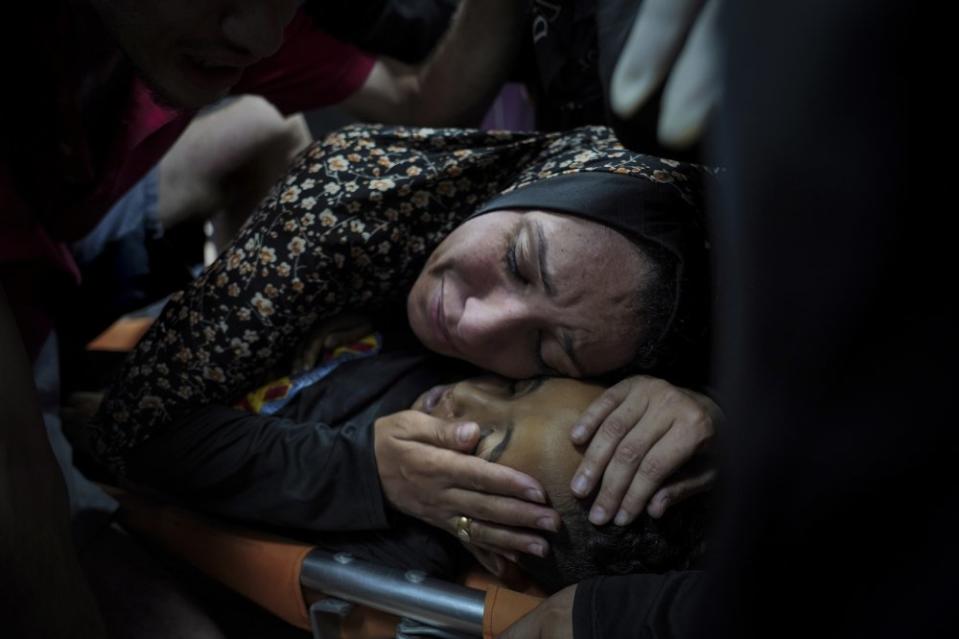

As the war enters its second year, Alghorra says his work has changed. “Finding stories about suffering is easy and everywhere,” he says, although not everyone wants their suffering recorded. At first, many Palestinians may have believed that such images could galvanize the world into action – to end their suffering. But no longer. “We see and feel that the outside world is no longer as concerned as before,” says Alghorra. “Unfortunately, Gaza and its people have to live in hardship and suffering, unnoticed by anyone. I fear that life will remain as it is now, with a forced adjustment to life in camps.”
But these images will stay with Alghorra forever. Of the thousands he has made in the 12 months, he says the most impactful came from the emergency room of Gaza’s Al-Shifa hospital, where a woman said goodbye to her young daughter who was killed in a nighttime bombardment on their house.
“The mother’s cry,” he says, “still rings in my ears to this day.”
Write to Yasmeen Serhan at yasmeen.serhan@time.com.

